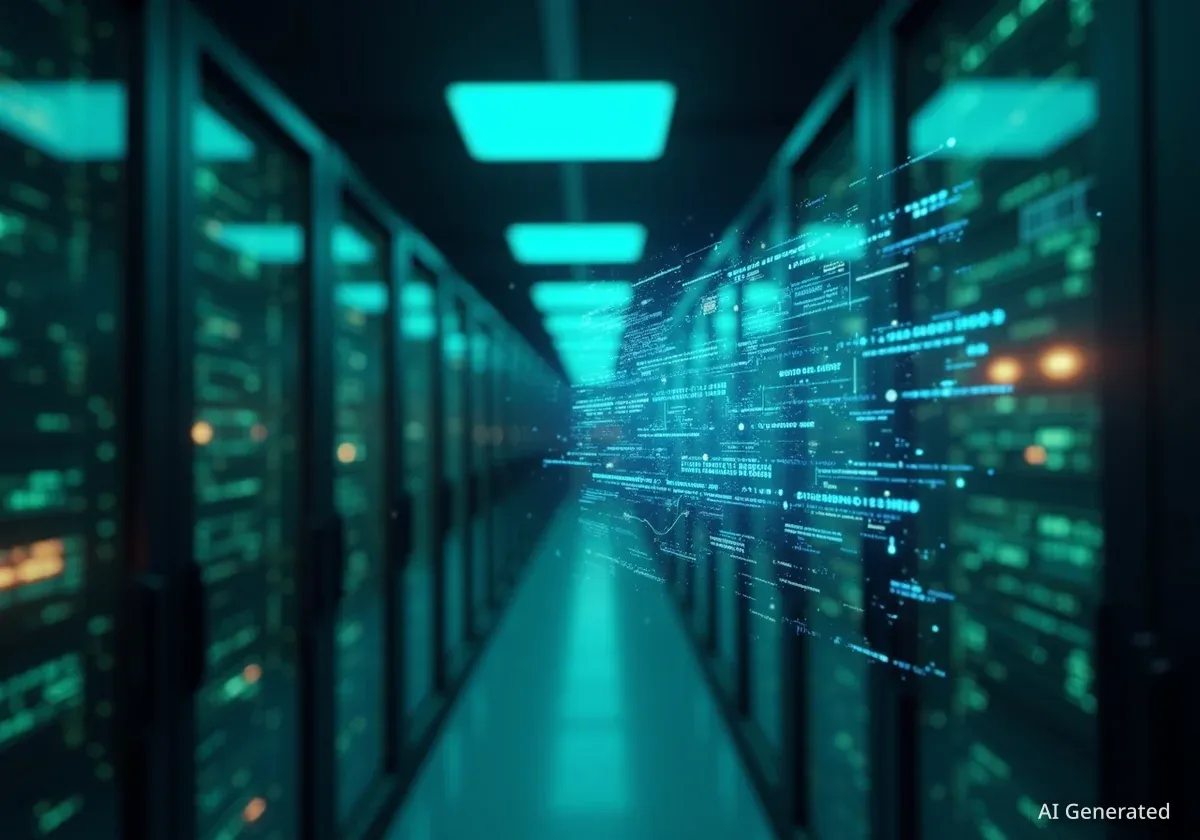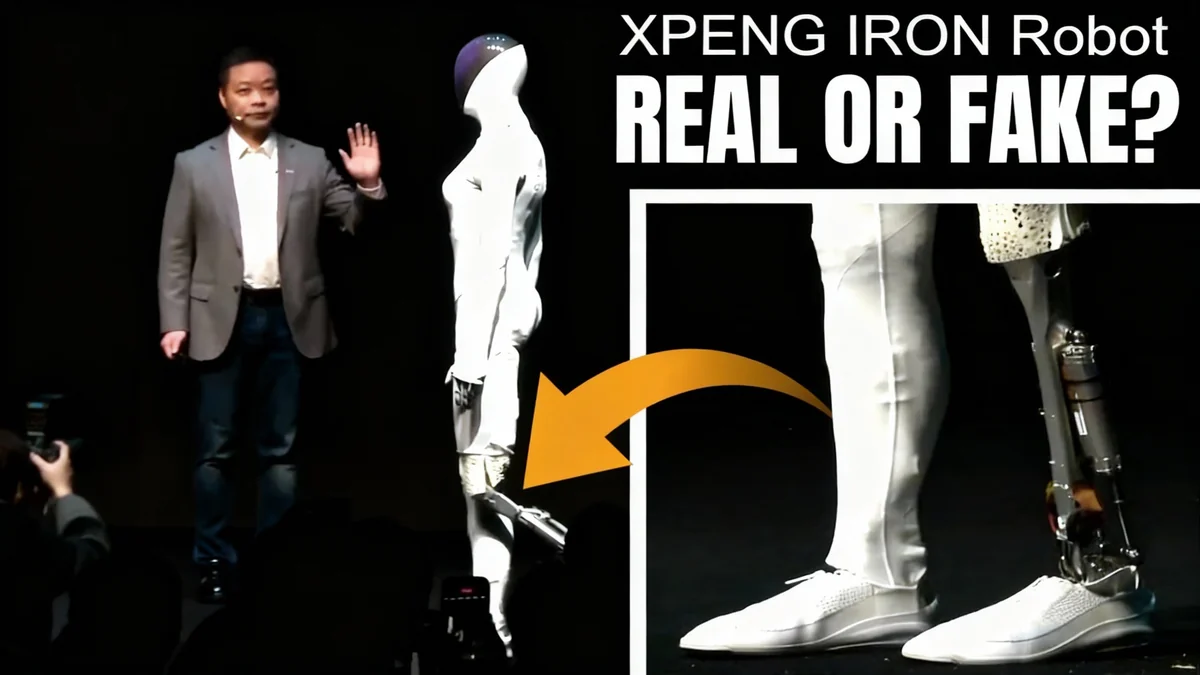Microsoft has begun integrating artificial intelligence technology from Anthropic, a direct competitor to its long-standing partner OpenAI. The move signals a strategic diversification in Microsoft's approach to generative AI, expanding its technology sources beyond the models that have historically powered features in its Bing search engine and Windows operating system.
This development comes as OpenAI also broadens its own network of high-stakes partnerships, securing massive commitments from technology giants like Nvidia and Oracle. The shifting alliances highlight a dynamic and increasingly competitive landscape where major players are building resilient, multi-faceted supply chains for AI development and infrastructure.
Key Takeaways
- Microsoft is now using an AI model from Anthropic to power parts of its Microsoft 365 Copilot assistant for business users.
- This marks a significant step in diversifying Microsoft's AI strategy, which has been heavily reliant on its more than $13 billion investment in OpenAI.
- OpenAI is also diversifying, with major deals including a potential $100 billion commitment from Nvidia and a planned $300 billion spend with Oracle for cloud infrastructure.
- The moves reflect an industry-wide trend of de-risking technology dependencies and securing the immense computational resources needed for advanced AI.
Microsoft Expands Its AI Toolkit with Anthropic
Microsoft has confirmed a significant update to its enterprise software suite, revealing that its Microsoft 365 Copilot assistant now utilizes an AI model from Anthropic to answer questions for commercial customers. This integration represents a notable departure from the company's previous reliance on technology developed by its primary AI partner, OpenAI.
The decision to incorporate a competing model into a core product underscores a broader strategy of diversification. For years, Microsoft's generative AI features, particularly within its Bing search engine and the Windows operating system, were almost exclusively built upon OpenAI's powerful language models.
A Gradual Diversification
This is not the first instance of Microsoft looking beyond OpenAI. In the past year, the company announced that its GitHub Copilot Chat, a tool for software developers, would also provide coding assistance from models developed by Anthropic and Google, in addition to OpenAI's offerings. This latest move with Microsoft 365, however, brings a competing AI model into one of its flagship business products.
By working with multiple AI providers, Microsoft can reduce its dependency on a single partner, gain access to different technological strengths, and foster a more competitive environment. This approach allows the company to select the best-performing model for specific tasks, potentially improving the quality and efficiency of its AI-powered services.
The Evolving Microsoft and OpenAI Alliance
The relationship between Microsoft and OpenAI has been one of the most formative partnerships in the modern AI era. Microsoft has invested more than $13 billion into the AI research and deployment company, gaining privileged access to its models and becoming its exclusive cloud provider.
Under their agreement, OpenAI runs its complex and resource-intensive models on Microsoft's Azure cloud infrastructure. The two companies also have a revenue-sharing arrangement that is expected to continue until 2030. This deep integration has been mutually beneficial, providing OpenAI with the necessary capital and computing power to scale, while giving Microsoft a significant lead in deploying generative AI across its product ecosystem.
A Symbiotic Relationship
The partnership has allowed Microsoft to rapidly integrate cutting-edge AI into products like Office, Teams, and Bing. In return, OpenAI has gained a crucial distribution channel and the robust cloud infrastructure required to train and operate its increasingly large models.
However, as the AI industry matures, both companies appear to be exploring a wider range of collaborations. The landscape is no longer defined by a single exclusive partnership but by a complex web of alliances aimed at securing resources and maintaining a competitive edge.
OpenAI Forges Its Own Path with New Mega-Deals
While Microsoft diversifies its AI sources, OpenAI is simultaneously expanding its own network of strategic partners, securing deals that involve staggering financial and infrastructural commitments. These moves are critical for obtaining the vast resources needed to pursue its goal of developing artificial general intelligence (AGI).
One of the most significant recent developments is a landmark agreement with Nvidia, the dominant producer of AI chips. Nvidia has announced it will commit as much as $100 billion to OpenAI starting next year. This deal, potentially the largest private-company investment ever recorded, is tied to OpenAI's purchase of millions of Nvidia's advanced AI processors.
The agreement aims to build "at least 10 gigawatts of Nvidia systems for OpenAI’s next-generation AI infrastructure," providing the hardware foundation for training and running future AI models.
Securing a Foundation for Future Growth
Beyond hardware, OpenAI is also securing its cloud computing needs through other providers. The company recently disclosed its intention to spend $300 billion with Oracle over the next several years for cloud infrastructure. This massive contract highlights the immense energy and data center capacity required for AI development, with the deal reportedly necessitating over four gigawatts of electricity.
Additionally, OpenAI has entered into a $10 billion pact with chip designer Broadcom, further diversifying its supply chain for essential technology components. These agreements demonstrate that, like Microsoft, OpenAI is actively building a resilient and multi-vendor ecosystem to support its long-term ambitions.
A New Era of Strategic Alliances in AI
The recent actions by both Microsoft and OpenAI reflect a significant maturation of the artificial intelligence industry. The era of exclusive, high-stakes partnerships is giving way to a more pragmatic and diversified approach. Major technology companies are no longer placing all their bets on a single partner.
This strategic shift is driven by several factors:
- Risk Mitigation: Relying on a single technology provider creates a significant vulnerability. Diversifying partners reduces this risk.
- Access to Innovation: Different AI labs have unique strengths. Working with multiple partners allows companies to leverage a wider range of innovations.
- Supply Chain Security: The demand for AI chips and computing power is immense. Securing resources from multiple vendors like Nvidia, Oracle, and Broadcom is essential for uninterrupted development.
- Fostering Competition: Introducing competition among AI providers can lead to better performance, lower costs, and faster innovation.
As the race to build more powerful and capable AI systems continues, the ability to forge and manage a complex network of strategic alliances will be just as critical as the underlying technology itself. The moves by Microsoft and OpenAI are likely a blueprint for how the industry will operate for years to come.





